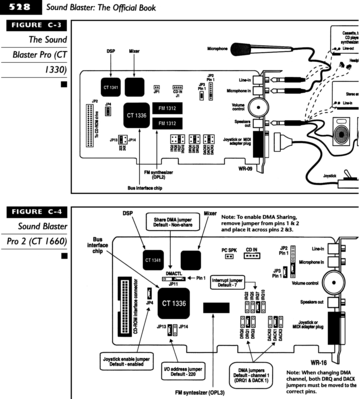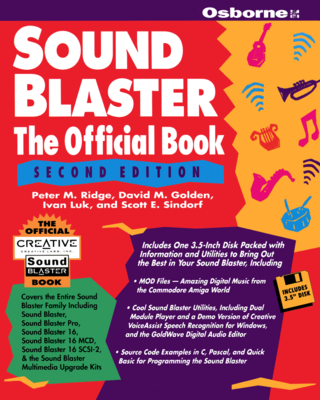First post, by retro games 100
- Rank
- l33t
I notice on a CT1600 card, there is the PCB datestamp revision of 0894xx, meaning that it's revision 8 (in 1994). Were there really this many revisions specifically for the CT1600 card?! Perhaps this number is higher than 8, on some cards? If it was higher than 9, then Creative's datestamp revision numbering format would look different, as it would break the xxyyzz format, where xx=revision, eg 08 for the 8th revision, yy=year, eg 94 for 1994, and zz for the week number in that year, eg 01 for the 1st week in 1994.
2) I see on this card that there are 3 main chips, clustered around the right hand side area of the CD-ROM interface. What do these 3 chips do?
Thanks a lot for any comments people!
EDIT: BTW, does the Yamaha OPL3 chip play Adlib music perfectly? In other words, does its "built in" OPL2 YM3812 technology remain totally unchanged as far as Adlib music compatibility is concerned?

